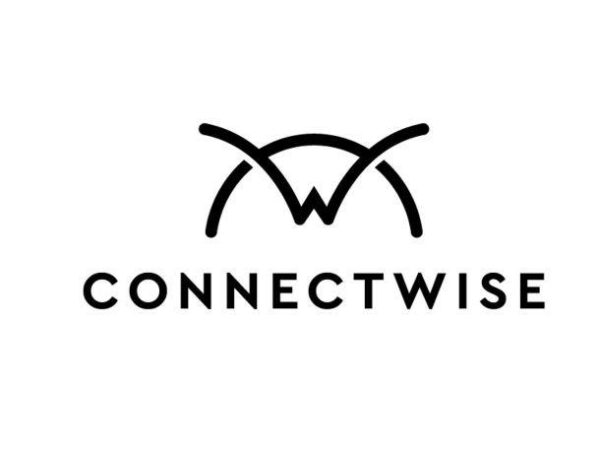It shouldn’t always be expected, but offering managed IT services can have side benefits for the core imaging business.
As the office technology industry trends further toward offering managed IT services to their clients, a lot of attention has been paid to the ways a dealer’s hardware sales and service teams can generate leads. But what about the other direction? We talked to managed IT experts at Gordon Flesch Company, GreatAmerica Financial Services’ Collabrance division, and the All Covered group at Konica Minolta Business Solutions U.S.A. about how a strong IT services offering can increase activity for the core imaging business.
One key is identifying the right people to start those conversations. At Gordon Flesch Company, its Elevity managed IT company, started out using a dedicated sales team, switched to having their copier team sell services, and has since switched back to its original plan, which has benefitted both divisions.
“Since we’ve done that, we’ve seen an increase in our printer/copier sales because that team is really focused and dedicated and really good at executing that message and those sales opportunities,” said Jeff Dotzler, president of Elevity. “The same goes with our IT sales team. There are different sales cycles and different sales approaches.”
One of the key advantages of this approach is the ability to cover more ground. Having two different teams prospecting in the same markets but with different clients has allowed Elevity to unearth managed IT services opportunities it might not have with just one sales team. This expanded market coverage has proven to be a significant advantage for Elevity.
Managed IT Services Considerations
Jim Mullen, vice president of IT sales at All Covered, considers a company’s size an important factor, with opportunities appearing at certain stages of growth. “There’s a lot of different entry points to a client,” he emphasized. “It depends on the size of the customer. Once you reach 40 to 60 employees, you’re trying to hire an IT person for your company. The challenge with that is that person has to be awesome in all these different technology competencies,” said Mullen. “What we do really well within Konica Minolta and All Covered is provide economies of scale to that customer base.”
Convenience is a persuasive sales lever, especially for business decision-makers who are burned out from researching product options and fielding cold calls all day. Building a rapport with a managed IT services client means there is a foundation of trust there that can make the client open to, even actively seeking, advice from the expert they already know.
“Nobody wants to deal with fifteen different vendors,” said Melissa Rogers, director of marketing for Collabrance. “They want to get everything from one person. We even see that with our dealers. A lot of the value they see from working with us is that they can get their RMM (remote monitoring and management) tool, their PSA (professional services automation) tool, their firewall, and their backup all from one source, and they don’t have to deal with a bunch of different vendors.”
Managed IT Services Trends
Hannah Allpress, an account executive at Collabrance, views the success of managed IT as a sign of what’s to come. “Really, what’s trending in the industry is the service element of the business – customers wanting more of a managed model in every portion of their business, not just print. You’re going to see an uptick in leads coming to the copier dealers or printer dealers of the world, too, because their customers really want everything on a managed model.”
Sometimes, managed IT services can allow a dealer to start a relationship with a client well before they’re ready for their next hardware purchase. Having the luxury of time to really get to know an organization inside and out, from the perspective of a consultant and partner, means it’s easier to reach the right decision-makers. The people buying hardware frequently aren’t the same ones making managed IT purchases, and they aren’t often ready for a sales conversation on the same schedule.
“One of the challenges in the core hardware business is the entire industry is tied into a lease agreement,” said Mullen. “They could sell hardware, but they’re tied into a three- to five-year lease. So sometimes the timing just isn’t great for them because they just signed at least nine months ago. What we find is we’re actually selling more net new customers with IT, and then they come back when the lease is up. It’s all timing.”
Once a client learns they can trust the dealer to solve their problems in one area, it becomes natural to consult them about any other questions that come up. Managed IT services conversations tend to happen at a higher level, which means relationships built that way are more likely to involve core decision-makers who impact multiple areas of the business.
“We’re going to the owner of the organization or somebody at the executive level that understands the value of time and that the faster they can get technology issues resolved, the faster the organization can be productive,” said Dotzler. “Because we are pretty intimately involved with our customers’ network and infrastructure, they tend to ask us, ‘Hey, we need to get a different printer. What would you recommend?’”
Managed IT Services Starting Points
“The key is to understand your sweet spot,” added Mullen. “You cannot be all things to all people, so be really concrete about what you’re going to do. Security, remediation, basic outsourced IT management, a certain size of customer… Start there.”
Mullen suggests that unified communications could be an excellent starting point for sales teams new to selling managed IT services. “It’s an easier talk track,” he said. “That’s a great entry point we coach dealers into, and then, let’s sell the outsourced IT services.”
Don’t let a focus on hardware sales get in the way of providing the best possible IT expertise. Often, a well-qualified, trustworthy, managed IT consultant can do more to generate leads than a hardware sales rep wearing two hats. “People tend to assume they can just have their copier tech be a managed IT tech, and yes, sometimes it does work, but those employees start to get stretched a little too thin, and the skills might not translate to the other side of the business as easily as you may think,” said Allpress.
“I don’t think anybody should get into managed IT to create more opportunities for the print side,” said Dotzler. “It’s too complex. There’s legitimate risk. If you don’t have the right people who know what they’re doing, you could be making promises to customers that are more than you’re actually capable of doing, and the risk of doing real business disruption to that customer dwarfs the impact you can have on the print side.”
Above all, remember that clients want to work with consultants who see them as partners, both working toward a shared goal. If the customer starts to feel like a dealer’s only interest in them is lead generation for other high-ticket items, the relationship that may have taken years to build can sour overnight, cautioned Rogers. “They’re looking for a business advisor and somebody who genuinely does have their best interest at heart.”




